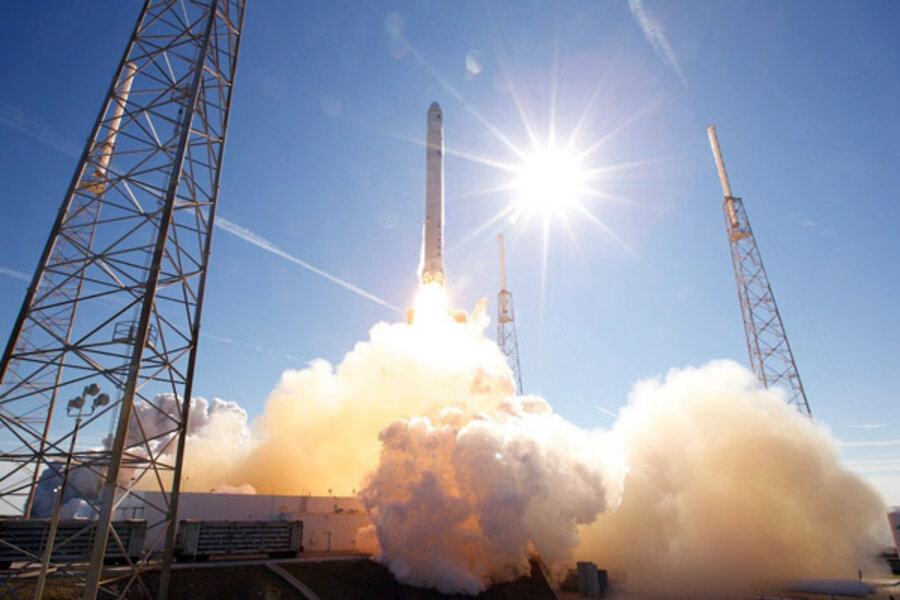NASA calls for new spaceships to taxi astronauts to space station
Loading...
| Cape Canaveral
NASA is looking for at least two U.S. firms to design and build space taxis to ferry astronauts to and from the International Space Station, program managers said on Tuesday.
NASA plans to invest $300 million to $500 million in each of the firms selected under new 21-month partnership agreements, Ed Mango, manager of NASA's Commercial Crew program, said at an industry briefing at the Kennedy Space Center prior to the release of a solicitation on Tuesday.
The new program aims to build upon previous NASA investments in companies designing commercial passenger spaceships.
With the retirement of the U.S. space shuttles last year, Russia has a monopoly on flying crews to the station, a $100 billion orbiting laboratory for medical, materials science and other research.
China, the only other country that has flown people in orbit, is not a partner in the project.
Russia charges NASA about $60 million per person for rides to the station, which flies about 240 miles (385 km) above Earth and is staffed by rotating crews of six astronauts from the United States, Russia, Europe, Japan and Canada.
Winning firms would have until May 2014 to complete their integrated designs, with the intention, if funding allows, to test fly their spaceships in orbit by the middle of the decade, Mango said.
Goals of the demonstration flight include reaching an altitude of at least 230 miles (370 kilometers), maneuvering in space and staying in orbit for at least three days, Mango said.
The test ships should be capable of carrying at least four people, he added.
Since 2010, NASA has invested a total of $365.5 million in private companies, including $130.9 million in Boeing, $125.6 million in Sierra Nevada Corp and $75 million in Space Exploration Technologies, or SpaceX.
Boeing is developing a capsule, called the CST-100, which would fly on an Atlas 5 rocket. SpaceX, already selected by NASA to fly cargo to the station, plans to upgrade its Dragon freighter and Falcon 9 rocket to fly crew as well.
Sierra Nevada is developing a winged vehicle called the Dream Chaser that resembles a miniature space shuttle. Like Boeing's spaceship, it too would launch aboard Atlas 5 rockets, which are manufactured and sold by United Launch Alliance, a Boeing-Lockheed Martin partnership.
NASA has $406 million to spend on commercial crew programs for the year that began Oct. 1. Mango said about 75 percent of that money is available for the next phase of the program, with awards expected in July or August.
Because of future funding uncertainties, NASA is asking its potential partners to propose how they would proceed with flat funding of $400 million a year after 2014, as well as how much they would need to get to a flight demonstration.
"If we have multiple partners, we think the most we might be able to give them in the long term might be something along the lines of $400 million per partner," Mango said.
NASA hopes to be able to fly its astronauts on commercial carriers by about 2017.







